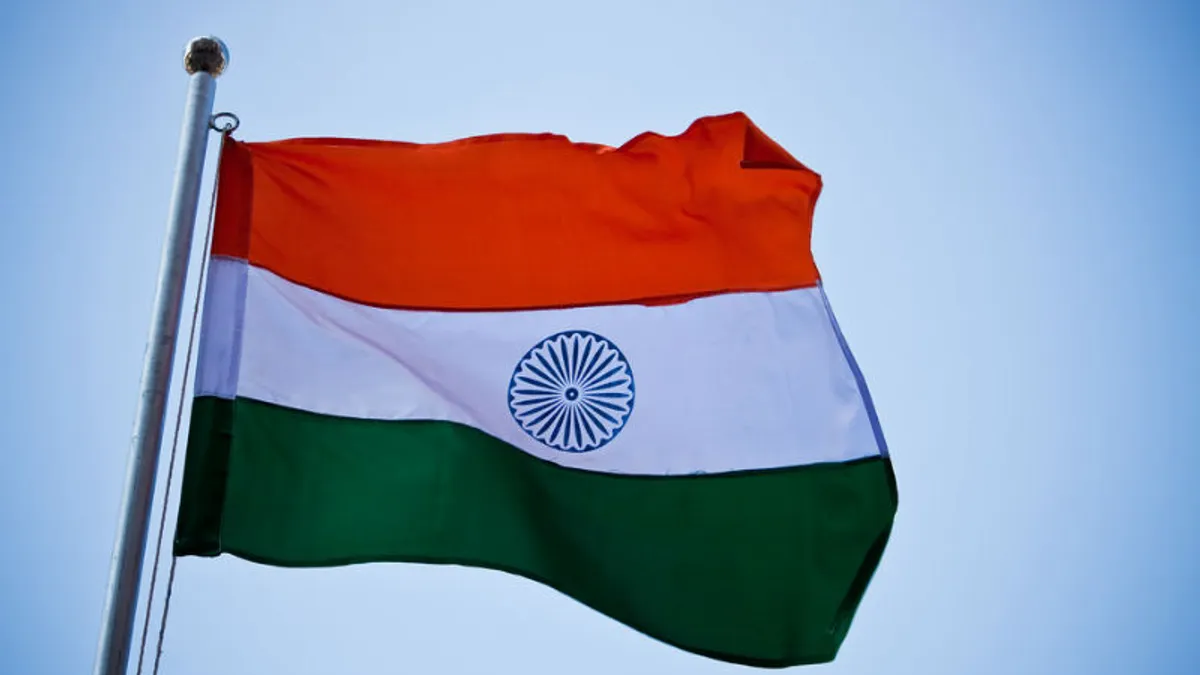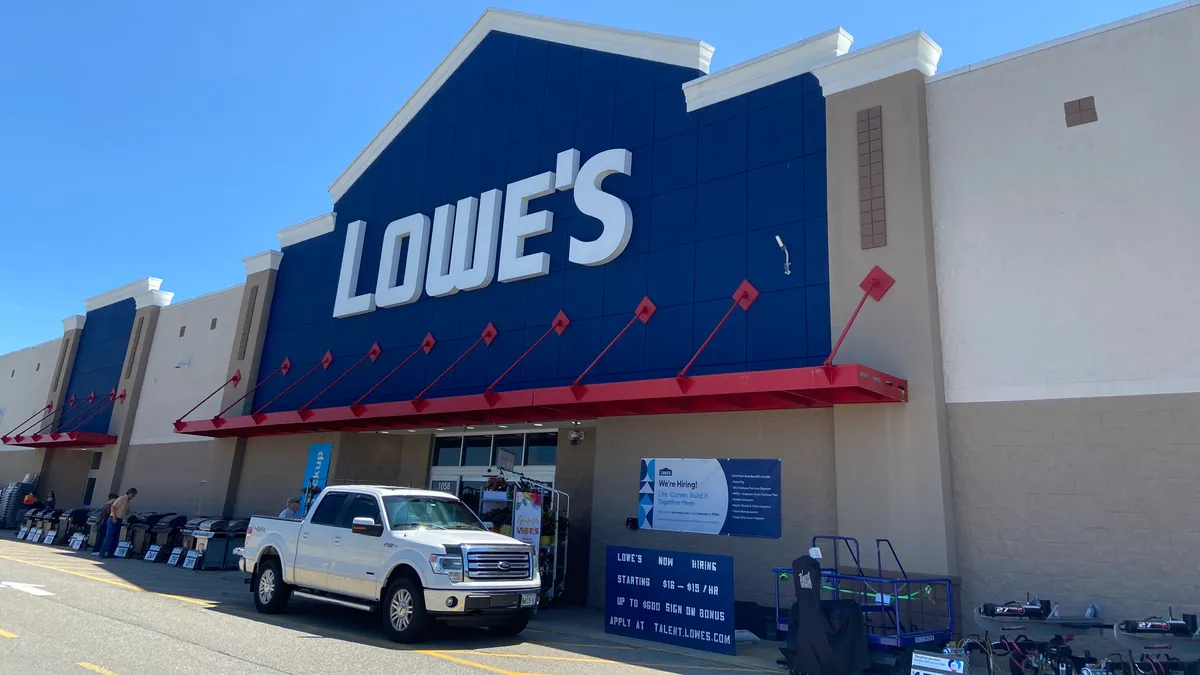With a population of 1.25 billion that includes a large young, mobile-first generation—many of whom share English as a common language—plus an emerging middle class, India presents significant growth opportunities for retailers from across the globe. Following the recent news that the Indian government’s Department of Industrial Policy and Promotion would officially allow up to 100% foreign ownership of e-commerce marketplaces, both web and brick-and-mortar retailers operating there have garnered some decisive new advantages.
That “marketplace” aspect is important, however. Indian officials have also decided that e-commerce companies capitalizing on the new rules must be in the business of providing technology platforms that facilitate trade between buyers and sellers, as opposed to an old-fashioned, “inventory-led model” where a retailer owns the goods it sells. (This, by the way, will hold back Apple, which has worked hard to persuade the Indian government to relax foreign investment rules that would make it easier to run its own stores, rather than rely on Indian retailers, as it does now.)
“The policy provides a much overdue clarity on [foreign direct investment] in B2C e-commerce,” Mihir Kittur, co-Founder and chief innovation officer at Ugam, a managed analytics company, explained in an email to Retail Dive. “This should pave the way for speedier and hassle-free foreign investments into the e-commerce sector, which should be good for the e-commerce players. The policy also defines the marketplace format that B2C e-commerce companies need to follow and permits manufacturers to undertake wholesale and/or retail including e-commerce without approval. Another positive for the retail industry at large.”
The potential
Even prior to the new guidelines, India posed an undeniably intriguing opportunity. The nation's "modern trade" (including mall-based stores, chain stores and brands) is increasing 15% to 20% each year (though countrywide, it enjoys a lower organized retail penetration of 8%), according to PricewaterhouseCoopers. Meanwhile, a study from the Internet and Mobile Association of India last year found there were 52 million new Internet users there in the first six months of 2015, bringing the country’s total user base to 352 million as of June. And of those, 213 million—more than 60%—accessed the web through their mobile devices.
“If you look at the numbers, every three seconds an Indian experiences the internet for the first time,” said Kittur.
Not surprisingly, as India's internet and mobile use has exploded, so has e-commerce. While it's still a small fraction of the overall Indian retail market—just 4% to 6%—it’s growing rapidly and expected to scale up exponentially in coming years: India’s top 25 retail websites already account for some 62% of all web traffic nationwide, according to digital market intelligence company SimilarWeb, and around 12% of all Internet users in India are online shoppers, according to the Economic Times. Analysts believe that online shopper penetration could grow to 20% by 2017.
Looking further into the future, overall retail sales in India are projected to double to $1 trillion by 2020 from $600 billion last year, according to the Boston Consulting Group, which adds that e-commerce sales there are projected to quadruple in the next five years, to $60 billion or $70 billion.
“Online serves a lot of the pent-up demand," Kittur said. "It can lead to a lot of solutions for people in cities, where there’s a lot of money but not a lot of retail stores."
The players
Competition in India is fierce. Bengaluru-based Flipkart is India’s largest homegrown e-retailer, with a gross merchandise value of $10 billion and a track record of raising $3.15 billion in venture financing. Nearly 10 years old, Flipkart has 46 million registered users, 33,000 employees, 14 warehouses and enjoys 10 million page visits each day, according to Quartz India. Just last month, the company also acquired Bangalore-based mobile payments company PhonePe, its third acquisition in payments/wallet solutions.
But Amazon India has given Flipkart a run for its money since arriving in 2013. India is providing Amazon with its largest number of new customers after the U.S., and Amazon India's Q4 2015 sales were equal to its total 2014 sales, according to Seeking Alpha. (Amazon hasn't released numbers on its sales in India.)
Then there's six-year-old Snapdeal. The New Delhi-based firm recently said that it is well on its way to the kind of volume and diversity of sellers that the government aims to encourage, doubling the number of sellers on its marketplace last year to more than 300,000 sellers, on its way to a projected 500,000 sellers by the end of this year.
Flipkart and Snapdeal (among others), along with Amazon India, have already benefited from outside investments—deals that critics long alleged weren’t quite legal under the country’s confounding foreign direct investment rules. The new rules mean changes are coming.
“Amazon India derives a significant portion of its revenues (over 25%) from its own seller Cloudtail India Pvt. Ltd,. part owned by Amazon and its partner Catamaran Ventures,” Venkat Viswanathan, founder and chairman of global analytics firm LatentView Analytics, told Retail Dive in email. “With the clarity in policy guidelines, they would now need to onboard more new sellers and reduce their dependence on their own seller. It's a very similar story for Flipkart, where its largest seller, WS Retail, is a company part owned by Flipkart.”
Chinese retail giant Alibaba is another emerging player in the Indian market, thanks to previous investments in Snapdeal as well as mobile company Paytm (which has expanded to become an e-commerce marketplace). But last month, the Economic Times reported that the company is in talks with Indian conglomerate Tata Sons to jointly establish a new retail venture—a development that, given Alibaba's size and scope, could shake up online commerce across the Indian market if it comes to pass.
“We are planning to enter the e-commerce business in India in 2016,” Alibaba Group President J. Michael Evans said during a visit to New Delhi, according to several news reports. “We have been exploring very carefully the e-commerce opportunity in this country."
A deal with Tata could give Alibaba a foothold in India to rival Flipkart as well as Amazon India, experts say. An Alibaba/Tatas partnership in tandem with the government’s new rules clarifications also could signal the beginning of increased competition from foreign companies as Indian e-commerce continues to “stabilize and mature, either through joint ventures or M&A activity, which could spur the next round of investment activity in this space," said Henry Burrows, who runs Blueprint Risk Advisory, a U.K. risk-assessment consultancy specializing in Southeast Asia.
“These routes are by far and away the most sensible for foreign companies in terms of entering India, as you have ready access to local knowledge and expertise as well as connections, bureaucratic and political, which help to mitigate any unforeseen commercial risks,” Burrows told Retail Dive in an email.
The challenges
There’s no denying Indian e-commerce's massive potential, but that doesn’t mean it’s going to be easy making headway in the market. For one thing, the enthusiastic venture capital love shown to the likes of Flipkart and Snapdeal is cooling, just as it seems to be in the U.S., said Viswanathan.
“Gone are the days where you could get every e-commerce idea in India funded,” Viswanathan told Retail Dive. “There is a shakeout and a drying-up of funds, and in some sense it’s a reflection of what’s happening globally and in Silicon Valley—some weeding out of the weaker players.”
Like Burrows, Viswanathan thinks there may be mergers and acquisitions as players like Alibaba, Flipkart and Amazon do serious battle for market share.
“India is a long-term growth story,” Viswanathan said. “In the near term you can survive if you have access to funding, and if you can survive during that period you can own that market. Right now Amazon has the advantage in that story.”
Indeed, last month, Morgan Stanley took a chunk out of Flipkart’s valuation, reducing by 27% its assessment of the e-commerce venture (in which the financial services firm owns a small stake), bringing it down to $11 billion from the $15 billion valuation it enjoyed at the time of its June 2015 funding round.
There also are several practical considerations that challenge e-commerce retailers in India, said Viswanathan. One is an under-developed logistics infrastructure that can make delivery difficult. Another related problem: A dearth of less-skilled workers that can handle customer service and fulfillment.
“They need people who speak English but aren’t highly skilled, and multiple companies are going after the same group,” Viswanathan said. “There are lots of niche players fighting for the same pool of workers as they try to scale their businesses.”
In addition, it can be difficult for marketplaces to find sellers who are ready for primetime, said Ugam's Kittur. Many marketplaces in India provide financing because so few sellers have access to traditional financing from banks, he said.
“How do I onboard these sellers and ensure their products are of good quality?” Kittur said. “And if the seller does ship an improper product, how do I deal with customer dissatisfaction? That’s really the number one problem.”
Last but not least, the new rules announced last month limit the price discounting that has long been a hallmark of the intense competition among India's e-commerce players. The discount cap could somewhat temper the consumer enthusiasm online retailers have enjoyed so far, experts say.
“This should benefit brick-and-mortar retailers who have been struggling with lower footfalls and sales conversions, and lobbied successfully for online retailers to be reined back,” Viswanathan said. “The policy also restrains marketplace firms from funding marketing costs or providing product guarantees, and mandates disclosure of seller contact details. All these elements would lead to lower discounts from Amazon and Flipkart, and relief for brick and mortar retailers.”
But even with the new limits to discounting and demands on sellers, make no mistake: India's economic growth and its demographic profile still make the country attractive to retail businesses at home and abroad, experts say.
“In a nutshell, [the rules] seem to be good for the India retail industry at large, providing much overdue clarity on investments, probably providing a level playing field for offline retailers, and nudging e-commerce players to build profitable businesses,” Kittur said.






















